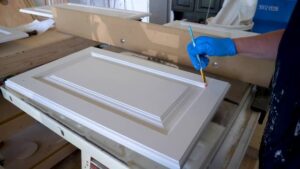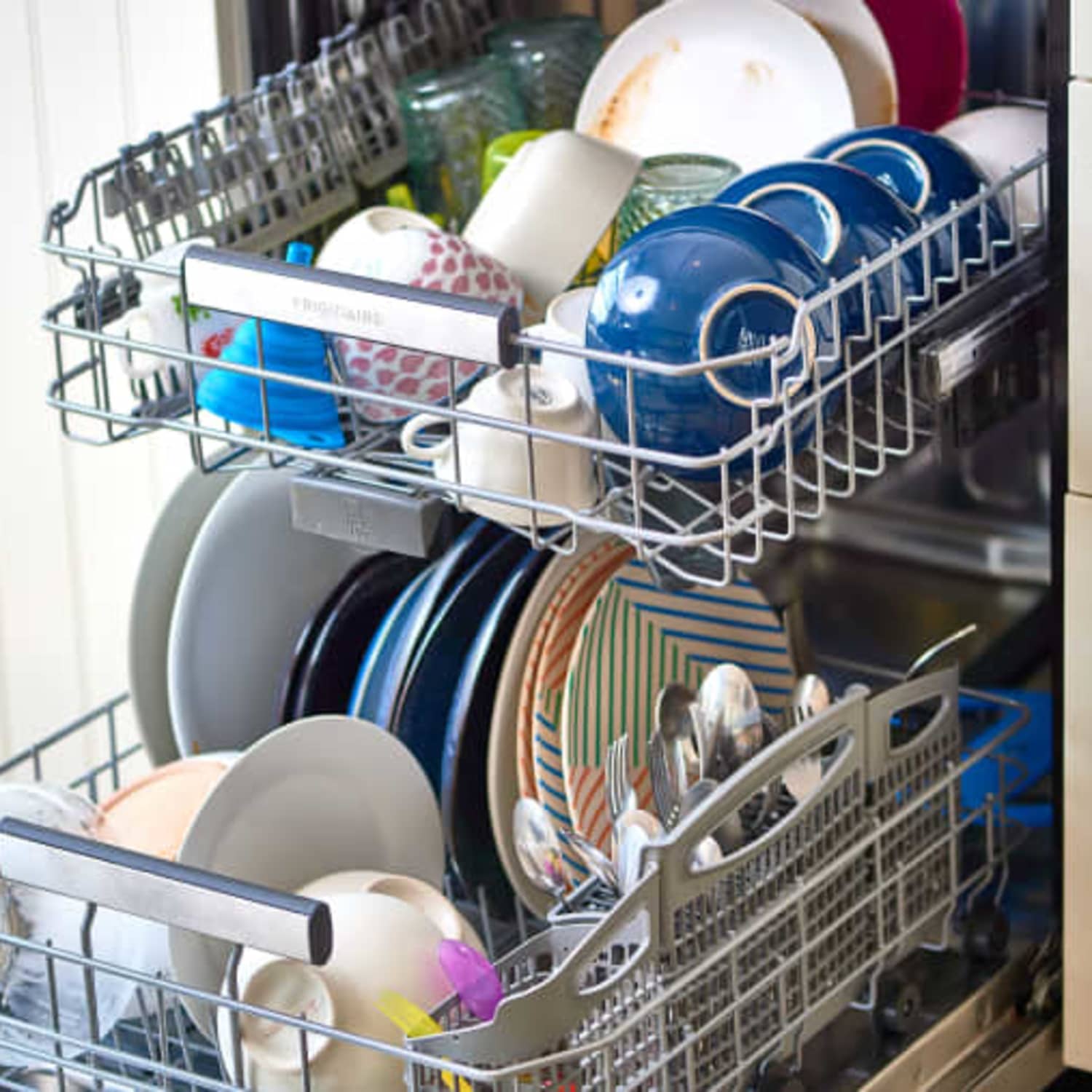Roofers Columbus GA repair, replace, and install roofing materials. They are also responsible for keeping the work site clean and adhering to safety requirements.

Look for long-term warranties and guarantees when choosing a roofer. Also, make sure the company has an established business and crews that are seasoned. Storm chasers are another option to consider, they focus on insurance claims and can help you navigate the process.
Residential
Roofers often work on residential properties, including single-family homes and multi-unit housing complexes. They must be able to navigate through residential neighborhoods and access rooftops using ladders or scaffolding. Residential roofers are skilled at working with a variety of roofing materials, from asphalt shingles to flat or rubberized roofs. They can also handle more specialized options, like green roofs that support plant growth and provide insulation. If a home’s roof is damaged by storms or other causes, homeowners can count on roofers to perform repair services or replace the entire structure. They can even assist with insurance claims by submitting documents and meeting with adjusters.
Commercial
When a commercial client needs a new roof, they often have specific demands. Unlike residential clients who may ask for a certain kind of roof, or even for a specific material, many commercial customers like Skujins work with engineering firms, roof consultants, and property managers who demand a particular roofing type within specific specifications and a warranty.
Commercial roofers have more experience with different materials than residential roofers and are better at handling large-scale projects that can be more complex. They can also handle higher-rise buildings, which typically require special equipment to hoist materials and tools to the roof’s surface.
In addition, a commercial roofer’s work is usually regulated by strict environmental regulations. Because of this, commercial roofers must have the proper training and certification to ensure that they’re following all required guidelines for a job.
Choosing the right roofer can save a business money in the long run. Hiring unqualified or inexperienced individuals can result in a subpar roof that requires frequent repairs and may not meet all building codes and standards, voiding the manufacturer’s warranty. Professional roofers who prioritize customer satisfaction can provide you with a durable and high-quality roof that lasts for years. In addition, they can guarantee that their work meets all building codes and environmental regulations, ensuring that the structure will be safe for tenants.
Storm Chaser
After a severe storm hits, it’s common for salespeople to approach your door claiming they can fix or replace your roof with insurance money. They may even offer perks like paying your deductible, which is very tempting. However, if you’re not careful, these so-called “storm chasers” can be a real scam.
The main reason to avoid storm chasing roofing services is the fact that they often don’t do high quality work. They also tend to leave town as soon as their contract is up, which means they won’t be around to fix any issues that arise. Moreover, they rarely use locally produced materials, and their laborers are usually subcontractors who don’t have much experience in the field.
When dealing with a roofer, always look for their license and business number. You can also check out their online reviews and accreditation on the Better Business Bureau or other websites. Make sure they’re a local company that has been in business for a long time, as this will ensure that they’re around to honor any warranties or guarantees they’ll provide.
Another thing to watch out for is low-balling pricing. Storm chasers will often undercut the prices of local roofers by offering a deal that’s too good to be true. This is a way to get homeowners to sign a contract before they’ve even had the chance to inspect their roof. The problem is that once you do, you’ll be locked into using that company for the entire repair or replacement process.
If you’re not sure whether a company is legitimate or not, it’s a good idea to contact local law enforcement. This will create an official record of the incident and can help identify the individual responsible for the scam. Additionally, you can reach out to your insurance provider and ask them to recommend a reputable roofing contractor in your area.
As a homeowner, it’s natural to feel stressed and anxious when you think your home may have been damaged by a recent storm. It’s important to remember, though, that you have 1 to 2 years to file a claim depending on your insurance policy.
Sales
Installing, repairing, and maintaining roofs are the main duties of roofers. They work with different types of materials, including shingles and metal, to produce water-resistant, durable, and attractive roofing structures for homes and commercial buildings. Some roofers specialize in specific kinds of roofing materials or techniques, while others offer a more comprehensive range of services.
Roofers are skilled in working safely and quickly on roofs to provide quality repair, installation, and maintenance services for residential and commercial properties. They often use safety gear to protect themselves from falls and other hazards. They also know how to properly inspect a roof for signs of damage, and they can recommend any needed repairs or replacements.
While major home improvements can be costly, the costs are usually tempered by the benefits they provide. For example, a new kitchen rewards cooks with a space to create and entertain. A screened-in porch or addition offers extra living space and adds value to the property. Similarly, a new roof can reduce energy bills by keeping the house cooler.
Roofing companies that focus on service and customer satisfaction typically have a job site support person who stays onsite all day, so they can answer questions and interface with the crew for their clients. They may also offer financing options and high-quality materials.
Larger companies that offer a variety of roofing services, including retail, storm chasing, and insurance work, usually have a sales department. They have access to many different kinds of roofing materials, and they can usually negotiate prices to fit your budget. They also typically have several crews and can work on projects in a timely manner.
A good roofer should be able to explain the process of a roof replacement or repair in a way that makes sense for the homeowner, and they should provide written estimates and warranties. It’s also important to understand what kind of roof materials your roofer works with and the advantages and disadvantages of each.


